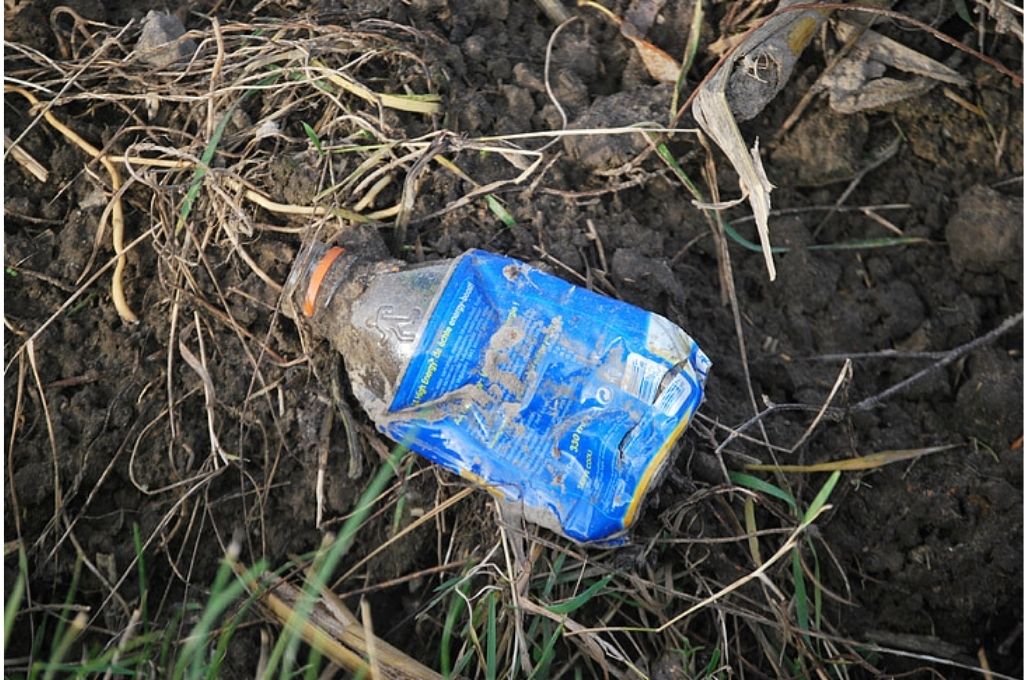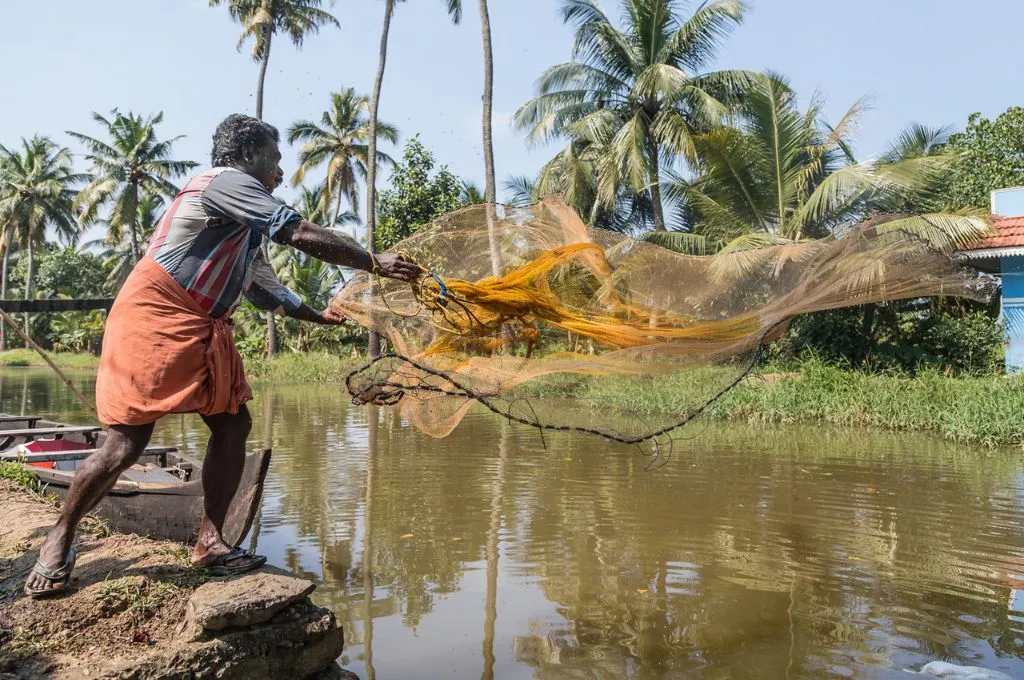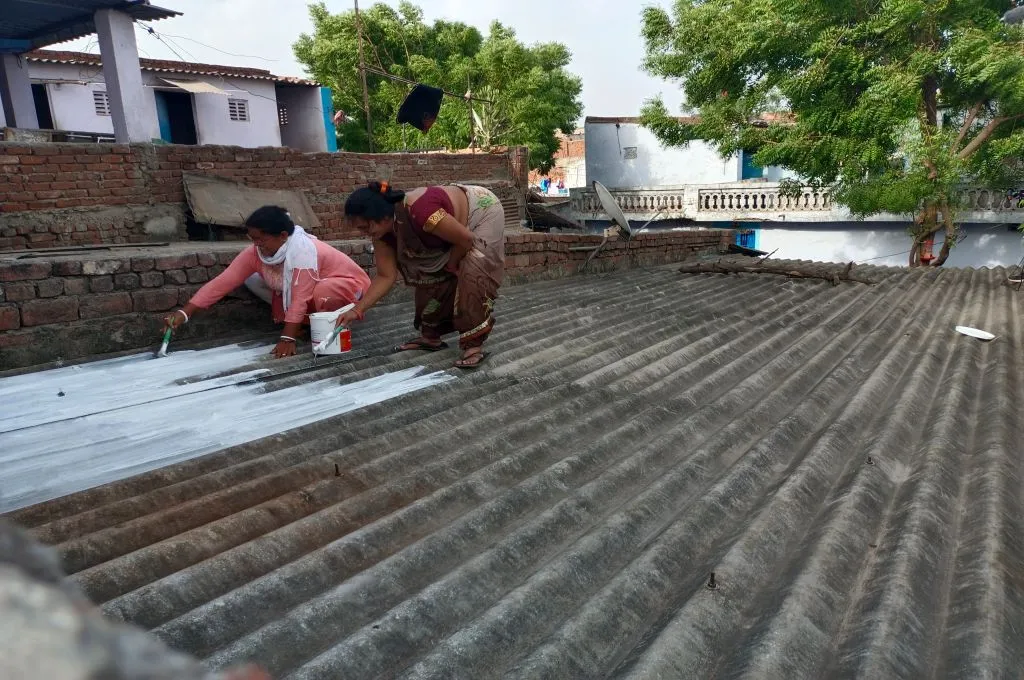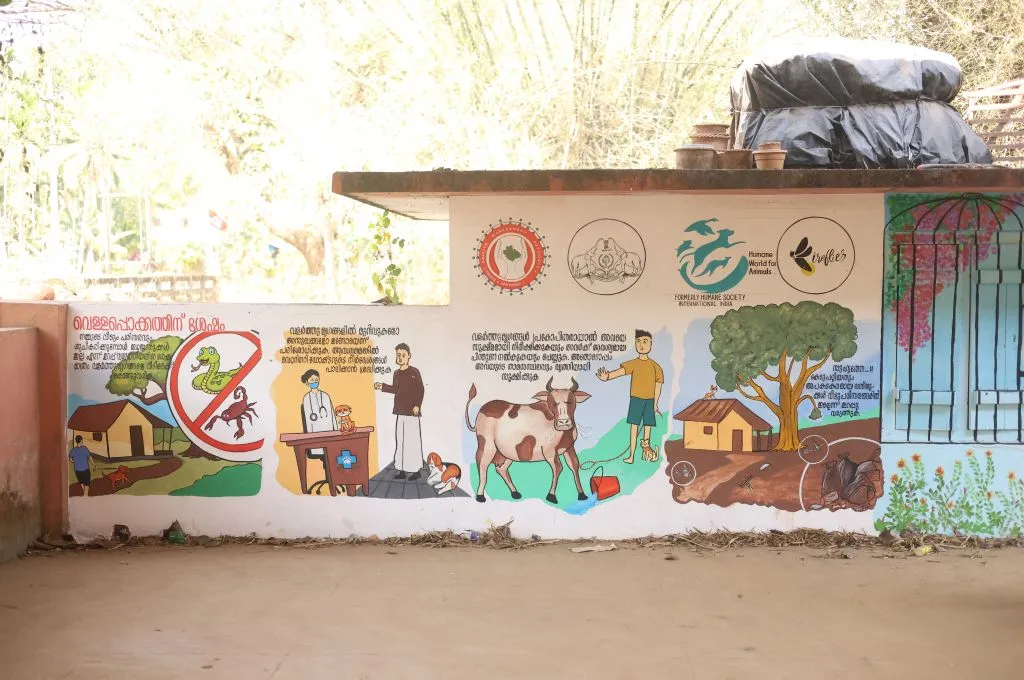Several reports and assessments in the recent past have tracked the sharp growth of plastic pollution and canvassed for the need to tackle plastic pollution at a global level. There is also an increasing number of reports that indicate linkages between plastic pollution and climate change. In the run-up to the UN Climate Change Conference (COP26), the United Nations Environment Programme (UNEP) released a global assessment of the marine plastic crisis, titled From Pollution to Solution. An update to a 2016 report on Marine Plastic Debris and Microplastics, this assessment hopes to raise awareness of the magnitude and severity of marine litter, especially plastics and microplastics. This evidence-based report is aimed at identifying gaps in knowledge, promoting effective solutions and global interventions for marine pollution, and safeguarding ecological and human health.
In October 2021, two publications by the Organisation for Economic Co-operation and Development (OECD) provided updated information and recommendations on addressing plastic pollution. Other global organisations also took a firm stance on plastic pollution. The Common Seas’ evaluation tool for national governments, Plastic Drawdown, focuses on a country’s available resources to assess effective mitigation strategies. The Zero Waste framework for reducing plastic waste targets legal and financial solutions in European cities to reduce greenhouse emissions. Youth ambassadors from the Plastic Pollution Coalition also petitioned the leaders at COP26 to act on the issue of plastic pollution and the climate crisis. So have The Global Alliance for Incinerator Alternatives (GAIA), Break Free From Plastics (BFFP), Beyond Plastics and Recycling Association.
To understand why many organisations tried to raise the issue of plastic pollution at a climate conference, we must understand the impacts of plastic on oceans, ecosystems, and human health. The most critical yet lesser-known fact about plastic pollution is that it plays a significant role in global greenhouse gas emissions and climate change.

In 2019, a report titled Plastic & Climate: The Hidden Costs of a Plastic Planet examined the lifecycle of plastics and identified major sources of greenhouse gas emissions, unaccounted sources of emissions, and uncertainties that lead to an underestimation of plastic’s climate impacts. In October 2021, Beyond Plastics released another report built on previous findings, titled The New Coal: Plastics & Climate Change, to assess the devastating impact of plastics on climate, much of it happening with little public scrutiny and lesser government and industrial accountability. While both reports focus on the plastic industry in the United States—the worst global plastic polluter, the findings will hold true for other nations with expanding petrochemical industries.
Plastic is manufactured from naphtha, a crude oil-based substance, and ethane, liquid natural gas, with the addition of other chemicals, most of which are fossil fuel-based. Hence, plastic manufacturing is a significant source of greenhouse emissions. A recent study identified over 8,000 chemical additives used for plastic processing, some of which are a thousand times more potent as greenhouse gases than carbon dioxide. Products like single-use packaging, plastic resins, foamed plastic insulation, bottles and containers, among many others, add to global greenhouse emissions. Most plastic cannot be recycled, only downgraded, and is often incinerated, or used as fuel in waste-to-energy plants, sometimes known as chemical recycling. While plastics are worth three to four times as much for fuel than as scrap, these recycling processes release more carbon dioxide into the atmosphere, adding to the greenhouse effect.

India’s plastic cycle
India is among the many countries scaling up its petrochemical industries. With an investment of $100 billion to boost domestic production by 2030, the next decade will catalyse India’s crude oil demand and accelerate petrochemical production. Industrial practices like decarbonisation, and plastic-based fuels touted to be sustainable, are less optimal and cost-effective than claimed, with the result contributing to more emissions and a larger carbon footprint.
On the recycling front, India generates 9.46 megatons of plastic waste each year, of which 40% is not collected and is either burnt, lost, or dumped into landfills or waterways. Of the total plastics produced, half are used in packaging, most of which are single-use in nature. Despite the existence of 5,000 registered recycling units, plastic recycling is largely informal. A complicated aggregator system segregates, recycles, and makes some profit off the plastic economy.
Waste-to-energy plants and refuse-derived fuels are examples of suboptimal processes with high emissions. Despite many setbacks, from shutdowns due to poor waste-to-energy efficiency, fines for flouting environmental safety norms, and high operational costs, India continues to invest in these recycling technologies, for lack of alternatives.

To meet India’s net-zero targets by 2070, it needs stronger solutions.
“While these are scientifically proven methods to dispose or process waste, more mechanisms are needed to address the challenges of efficiency and cost,” says Kaushik Chandrasekhar, a solid waste management expert at The Energy and Resources Institute (TERI). Incineration and recycling-as-fuel can only be a part of the solution if they add to India’s greenhouse emissions. To meet India’s net-zero targets by 2070, it needs stronger solutions.
India’s net-zero aim for 2070
In November 2021, India’s ambitious net-zero target for carbon emissions were celebrated by many, as the country committed to becoming carbon-neutral by not adding any greenhouse emissions to the atmosphere by 2070.
As the world’s fourth-biggest carbon emitter, these targets marked India’s cognizance of the issue of climate change, and its commitment to address it. But with the country’s industrial practices headed in a different direction, can it realistically achieve net-zero in the next 50 years?
A recent analysis by the Council for Energy, Environment and Water Research (CEEW), a think tank in New Delhi, estimated a cost of over $10 trillion (Rs. 700 lakh crore), for the upgraded infrastructure of renewable energy sources for electricity, transport, building, and industry sectors to meet the net-zero targets. “If we are to account for the petrochemical industry emissions in future scenarios, data on energy use for plastic production, both as fuel and as feedstock—the raw material used but not burned during an industrial process—is essential,” surmised Vaibhav Chaturvedi, co-author of the CEEW report. “However, it is in the petrochemical sector’s commercial interests to introduce circular economies that allow plastics to remain in the industrial ecosystem, rather than find non-plastic-based alternatives,” he added.
The report is a grim reminder that recycling plastics as an industrial fuel is not a viable long-term solution to pollution. As India’s petrochemical industries expand, could infrastructure interventions that consider the plastic lifecycle help turn the tide on climate change?
Circular economy approach for the lifecycle of plastics
In April 2021, TERI’s roadmap proposed a circular plastic value chain to address the problem of both plastic pollution and greenhouse emissions. The roadmap aims to dissociate plastic production from virgin fossil fuels and incentivise the reduce-reuse-recycle principles to address the issue of waste.
Bio-based plastics, manufactured partially or wholly from biomass, and oxo-biodegradable plastics that degrade under favourable conditions offer more viable, less GHG-emitting alternatives to fossil-fuel plastics. Yet neither are completely biodegradable, and industries need to look for other packaging solutions.
In September 2021, the India Plastics Pact (IPP) was signed under a collaboration between the World Wildlife Fund, the Confederation of Indian Industries, with support from UK Research and Innovation. The IPP, the first of its kind in Asia, aims at a circular economy for plastics with innovative ways to eliminate, reuse, or recycle the plastic packaging across the plastics value chain, and forge collaborations between businesses and NGOs to collectively achieve long-term targets. International brands like Amazon, Coca-Cola, and Indian companies like Hindustan Unilever, ITC Limited, Tata Consumer Products Limited, and three of Godrej’s trademarks, have signed the pact.
Corruption is a big challenge in the recycling sector.
Corruption is a big challenge in the recycling sector. “When government land is allocated for public recycling infrastructures, such as a landfill, a waste-to-energy plant, or a biogas plant, the informal sector is largely ignored. Yet they are the largest investors in the recycling business. Instead of spending on public infrastructure, the government could strengthen the informal sector, allow them to expand in scale, capacity, and technology, so that they have a vested interest not just in making a profit but in addressing the issue of pollution,” advises Bharati Chaturvedi of Chintan, an environmental research and action group in Delhi.
Both TERI and Chintan, along with other grassroots organisations like the Integrated Mountain Initiative and Development Alternatives, are partners of the Japan-funded UNEP project, CounterMEASURE. The project is committed to identifying sources and pathways of plastic pollution in river systems in Asia, with a focus on the Mekong (China) and Ganges (India) rivers—among the top contributors of marine pollution. Their policy-driven approach hopes to tackle plastic at different stages of its lifecycle and ensure that rivers transport lesser plastic into the marine ecosystem.
Finally, to deal with discarded plastics in the ecosystem, restoring coastal blue carbon habitats such as mangroves, tidal marshes and seagrass meadows becomes important. These habitats trap and bury plastics, preventing them from entering marine ecosystems, with the added advantage of sequestering more carbon than terrestrial forests. Financing integrated solutions to address two of the most critical global problems of this century, namely plastic pollution and climate change, would help us achieve net-zero goals, while protecting communities and habitats.
This article was originally published on Mongabay-India.




